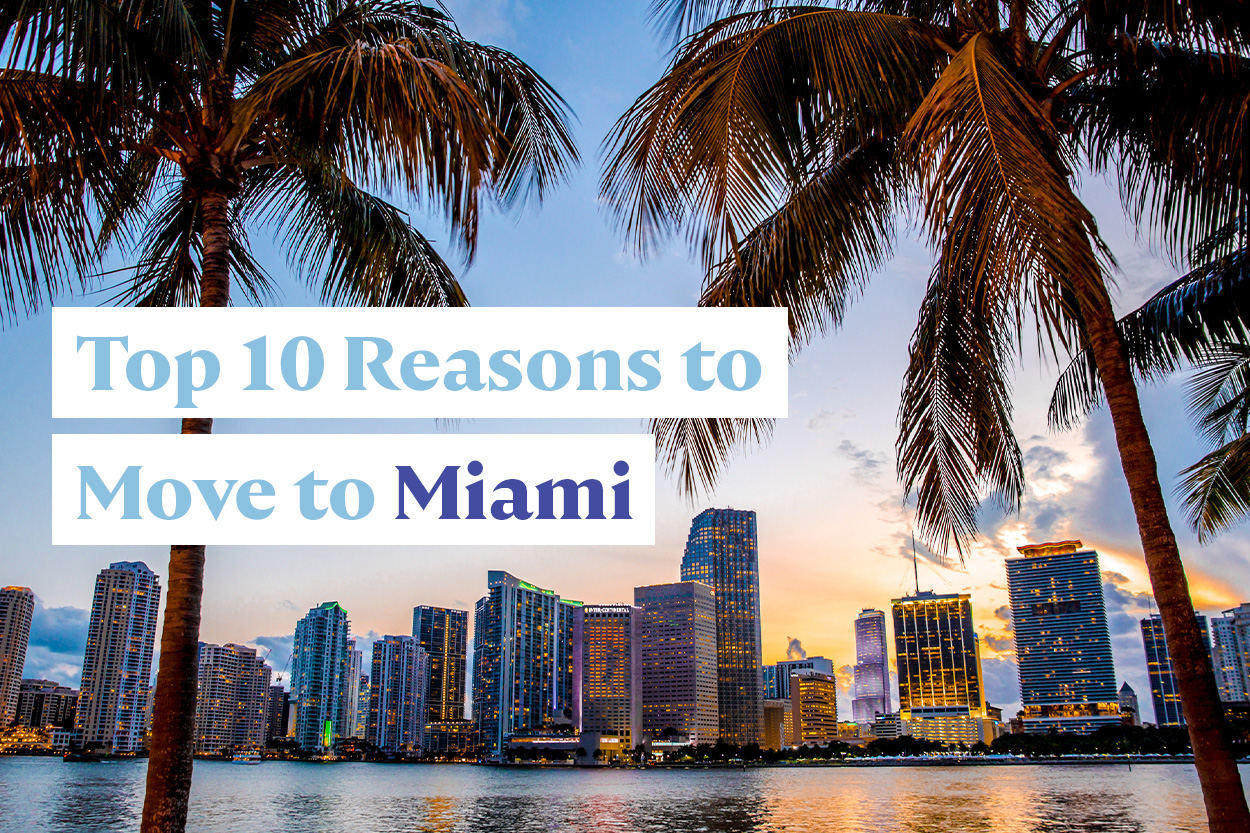Climate and Weather
Miami has a subtropical climate with long, hot, humid summers and short, warm, dry winters. Summers are extremely hot and humid, with temperatures often reaching over 90 degrees Fahrenheit and heat indexes well over 100 degrees. To stay comfortable in this weather, pack lightweight, breathable fabrics like cotton. There is little temperature difference between day and night during the summer months. Winters are mild, with daytime highs in the low 70s and overnight lows only dipping into the 40s. Occasionally, a cold front will pass through and nighttime temperatures may drop into the 30s, but these cold spells are rare. Be prepared for Miami’s intense humidity and heat.
Dressing for the Climate
Due to the year-round warmth, light and airy clothing is ideal for Miami. Opt for cotton, linen or breathable fabrics that will keep you comfortable in the humidity. Pack shorts, t-shirts, sundresses and swimwear that you can wear everyday. Bring a light jacket or sweater for rare cold nights. Prepare to sweat - the heat and humidity can be overwhelming for those unaccustomed to subtropical weather. Always wear sunscreen and a hat when spending time outdoors to protect your skin from the strong Florida sun.

Outdoor Activities Despite the Heat
Despite the heat and humidity, Miami residents still enjoy an active outdoor lifestyle year-round. There are many beautiful parks, nature trails, and public spaces for activities like running, cycling, swimming or picnic. Even in the hottest months, many people take advantage of early morning or evening hours to exercise outside. The beaches and water sports are especially popular ways to cool off. With consistently warm weather, you can enjoy al fresco dining, hanging out by the pool or relaxing in your backyard almost every day of the year in Miami.
Lifestyle in Miami
Nightlife, Dining and Going Out
Miami has a reputation for its vibrant nightlife, world-class dining and non-stop party atmosphere. Going out to socialize is very much part of the local culture. You’ll find endless options for happy hour, dancing, live music and celebrity sightings every night of the week. Be prepared to spend your weekends bouncing between trendy restaurants, cafes, bars and clubs across South Beach, Downtown, Wynwood and more. Miami offers an inspiring nightlife scene for foodies, party-goers and culture vultures alike.
Work and Career Opportunities
Traditionally, Miami’s economy has relied heavily on tourism, international trade and banking. However, new technology and startup companies are increasingly drawing young professionals to the area. Careers in hospitality, healthcare, education and Spanish media tend to be plentiful. While corporate opportunities may be more limited than in large Northeast cities, sectors like cybersecurity, artificial intelligence and digital businesses are experiencing strong growth. Remote work also allows residents to tap into jobs anywhere. However, finding a high-paying job can still be challenging compared to other metro areas.
Raising a Family
Miami offers mild winters, excellent private schools and a safe, multicultural environment for families. However, the high cost of living, long commutes and urban sprawl can pose challenges. Stick to wealthy neighborhoods like Coral Gables or Pinecrest for good public education options. Look closely at commute times if both parents work. Afford tuition for a private or Catholic school if needed. Find childcare, activities and social groups to keep kids engaged outside of school. With a little planning, Miami can be great for families seeking year-round outdoor activities and a vibrant community.
Housing and Cost of Living
Housing Costs in Miami
The housing market has boomed in recent years, pushing home values and rents higher across the region. Luxury apartments in hot neighborhoods like Brickell, the Grove or South Beach may cost over $2,000-3,000/month for a modest one-bedroom. Condos are plentiful but prices vary greatly depending on age, amenities and location. Consider suburbs like Doral, Kendall or Pinecrest if trying to save on rent. Housing tends to be largest monthly expense for Miami residents once established after initial relocation costs. Plan for a hefty housing budget, especially if buying.
Comparing Costs to Other Cities
Groceries, utilities and transportation expenses are comparable to national costs. Where Miami stands out is housing. Rents and mortgages here are at least 20-30% above the national average. There is no state income tax in Florida, saving residents up to 10% compared to places like New York and California. But rising rents and lack of public transit elsewhere have narrowed the overall cost gap in recent years. Carefully research housing, salary ranges per industry and total cost of living before relocating long-term.
Budget Friendly Tips
Cooking more meals at home instead of eating out saves a lot. Consider lower-cost areas like West Miami, Hialeah or Homestead if commuting isn’t an issue. Use public transportation like metro rail/buses when possible instead of Uber/Lyft. Be wary of lifestyle inflation - it’s easy to spend lavishly given the nightlife but dining out adds up. Share housing costs with roommates when single. Look for apartment specials and negotiate rent concessions up front when leasing. Miami is affordable if frugal, but costs do tend to be higher than average. Research and budget thoroughly.
Transportation in Miami
Public Transit Options
Miami has an expanding public transit system but things are still spread out requiring a car for many. The metro mover skytrain and metro buses are handy for getting around downtown Miami and surrounding neighborhoods. Links to metro rail stations allow commuting to suburbs. Fares are low but schedules don’t always line up perfectly. Be strategic about living near bus/train lines if relying on public transit fully.
Trying Out Ridesharing
Ridesharing services like Uber and Lyft provide a convenient alternative to owning a vehicle in busy urban areas. They are very reasonably priced and commonly used. Consider giving up car ownership altogether if living/working within a 2-3 mile radius of downtown or major strips like Brickell or the Gables. Be sure alternate options exist for weekends/errands when transit may have limited hours. Long-term parking and insurance savings outweigh occasional rideshare costs for many residents.
Traffic and Commute Times
Traffic is notoriously bad, especially during weekday rush hours. Know the schedule of Metro Mover and Metrorail to get downtown faster. Avoid rush hour driving on major routes between 4-7pm if possible. Some areas have improved with express lanes added to highways, but roadwork is constant. Check Google Maps for real-time traffic conditions before trips. Long distances or bridge crossings will inevitably mean lengthy commute times in many cases. Live close to work if traffic stress bothers you.
Cultural Considerations
Embracing Miami’s Diverse Populations
Of all metro areas in the United States, Miami is one of the most diverse with over 50% of residents born outside the United States. This includes large Cuban, Venezuelan, Colombian, Brazilian and Nicaraguan communities. While English is the dominant shared language, Spanish and Portuguese are widely spoken. Be respectful of community events like Calle Ocho Festival celebrating Latin culture. Consider taking Spanish classes to better engage locally. An open attitude towards the diverse immigrant populations that make Miami vibrant is important.
Getting Involved in the Art Scene
Miami is rapidly becoming one of the most exciting cities in America for visual art and street art due to world-famous art districts like Wynwood and Central Miami. Support independent art galleries, attend art walks and special events showcasing local artists. Check out acclaimed institutions like Miami Art Museum, Perez Art Museum and Art Basel for insight into the city’s dynamic culture scene. Get to know the art that puts Miami on the map as a center for creativity and placemaking.
Miami’s Musical Heritage
Miami is a top destination for Latin music and the home of stars like Gloria Estefan. Jazz, R&B and hip-hop also thrive. Catch live performances across genres in intimate clubs as well as major festivals. Legendary venues like Fillmore Miami Beach impart the energy and heritage of Miami’s music scene. Support independent artists and local record labels to stay plugged into new sounds. Music is deeply ingrained in Miamians’ identity - do not miss exploring the rich cultural offerings.
Overall, Miami is a vibrant yet complex city. With some preparation for subtropical weather, traffic, and cost of living, newcomers can acclimate and fall in love with the unique art, culture, lifestyle and beauty this metropolitan area has to offer. Just be ready for an exciting pace of life influenced by Latin America!
/south-beach-miami-from-south-pointe-park--florida--usa-1137673992-0dc4c290e2764b178a5ab5be28dbd2d7.jpg)
 Paris, la ville de lumière
Paris, la ville de lumière